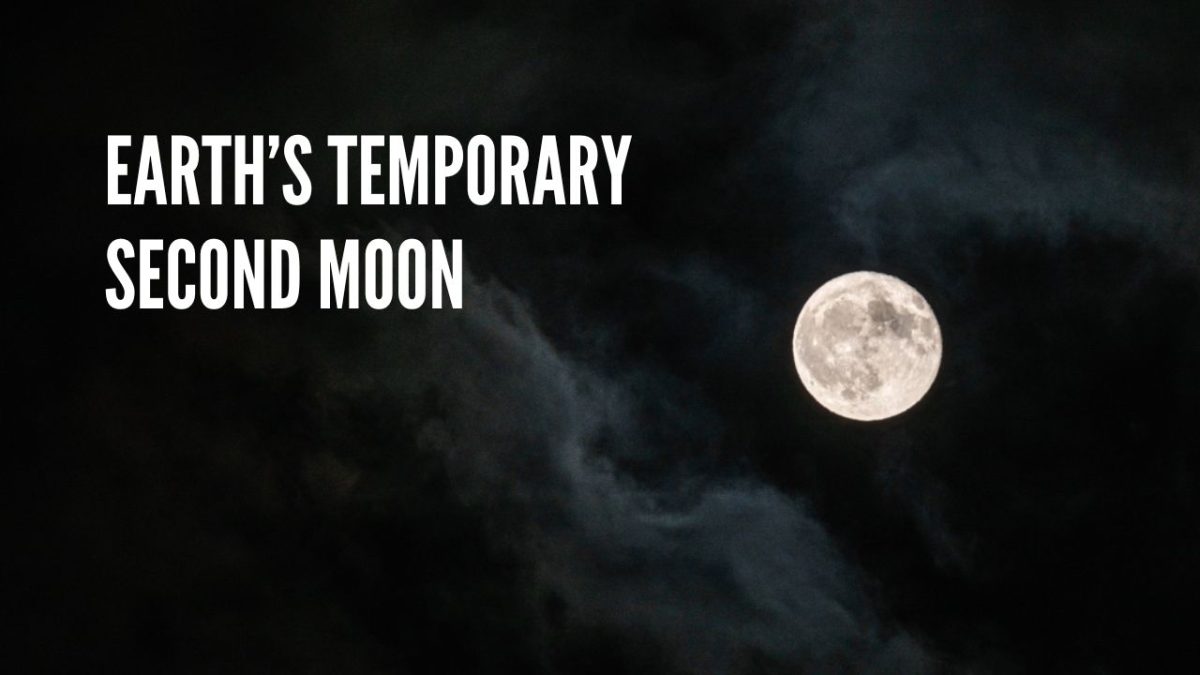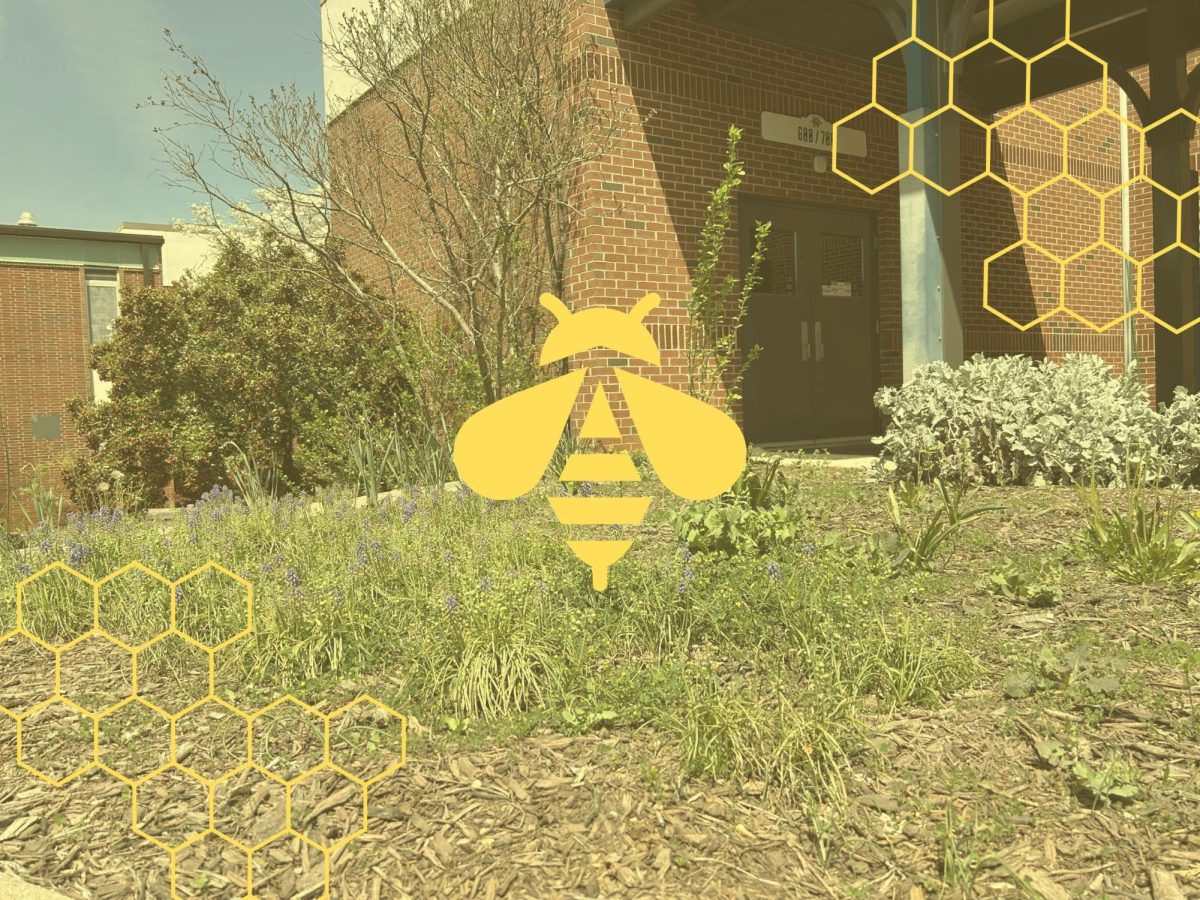September 29, Earth temporarily gained a second moon, or “mini-moon,” in the form of an asteroid. Scientists discovered this Near-Earth Object (NEO) in August through a National Aerospace and Space Administration (NASA)-funded program called the Asteroid Terrestrial-Impact Last Alert System (ATLAS) and a monitoring system in South Africa. NASA’s asteroid tracking program constantly monitors the location and orbit of over 28,000 asteroids near Earth to remain aware of potential threats and future collisions. Once found, the mini-moon received the name “Asteroid PT5 2024,” due to the year of its discovery and its unique sequential identification number.
The mini-moon originated from the Arjuna Asteroid Belt, a group of space rocks that follow orbits similar to Earth’s. The mini-moon will return to the belt on November 25 — its time as Earth’s second moon will come to an end. Unfortunately, it will not appear visible to the naked eye due to its underwhelming size of only 32 feet long, so the asteroid will only appear visible through specialized scientific telescopes.
“I think what makes Earth gaining a second moon so interesting is that I don’t think anyone ever really thought of it as a possibility for Earth, like, we as people observe other planets and we can acknowledge that the universe is constantly changing around us but we never really think about how we are included in that change. I also just think it’s really cool because, to me, our moon is a beautiful thing and whilst we can’t see the new one we are acquiring, I still wonder if this new moon will affect the Earth as our larger moon does now, like influencing the tides for instance, though due to its size, I doubt it. However, I’m still interested to see what scientists learn about this asteroid/moon and what it could mean for Earth as a whole,” magnet junior Bryce Nichols said.
Several distinctions exist to classify asteroids that enter Earth’s atmosphere. These classifications relate to the duration of the object’s stay in Earth’s orbit before its eventual departure. Scientists classify objects that remain in Earth’s orbit for less than a full revolution as temporarily captured flybys, whereas objects that remain in the Earth’s orbit for more than one full revolution can be classified as temporarily captured orbiters.
A similar event to this one occurred four years ago with Asteroid 2020 CD3, which entered Earth’s orbit and stayed for a full year. The asteroid proved miniscule in size at only three feet wide and appeared completely invisible without specialized equipment.
While scientists have followed hundreds of Potentially Hazardous Asteroids (PHAs) for years, the possibility remains that scientists lack awareness of all of the threats. Occasionally, minuscule objects fail to receive identification until their approach toward Earth, and even tiny objects can bring a significant impact if they strike Earth’s surface. Asteroids hefty in size contain the ability to bring especially immense damage to Earth. In 1972, an asteroid the size of a school bus raced across the sky but then continued back out to space. Estimations show that this asteroid may have caused an explosion similar to that of a nuclear bomb if it hit. Monitoring PHAs will continue to prove an important challenge.
“I think it’s really cool how we are getting a second moon. I wish we were able to see it without a telescope though. I wonder if it will appear [during] the day or only at night. I had no idea the asteroid was that small, I expected it to be at least the size of a city,” sophomore Katelyn Mckoon said.










